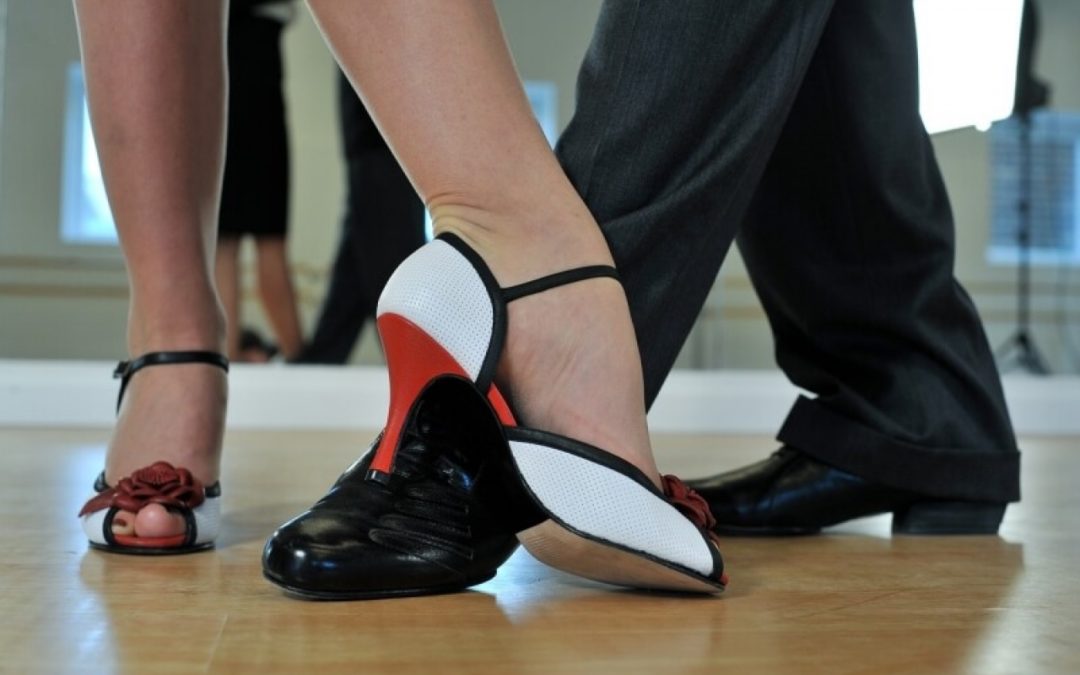They might sound as if they belong on a pair of cowboy boots, but heel spurs are actually a painful and potentially debilitating foot condition. If calcium deposits accumulate on the heel bone, they may develop into pointy or hook-shaped growths, which are often around a quarter of an inch long. These bony spurs, protruding from the foot’s largest, most shock-absorbing bone, can have a serious impact on the surrounding tissue.
Heel spurs develop slowly over many months and aren’t always accompanied by symptoms; you might have one and not be aware of it. But in severe cases, spurs lead to an intense stabbing pain during physical activity and chronic inflammation in the tissue they dig into, especially if they’re located on the underside of the heel. The pain tends to be at its worst when the foot is first moved after a period of rest.
If you’re experiencing a sharp pain in your heel, it’s important to visit a podiatry clinic in order to check for heel spurs. They affect people from many walks of life and can’t be properly diagnosed or treated without a foot specialist’s help.
Risk Factors for Spur Formation
If ailments or injuries put the heel under stress, the body attempts to strengthen the area with the aid of calcium deposits. That’s why heel spurs often develop after the membrane covering the heel bone is torn or a muscle, tendon or ligament is strained. There’s also a significant link between plantar fasciitis (pain and swelling caused by damage to the plantar fascia tissue that connects the heel bone to the ball of the foot) and spur formation.
The more wear and tear feet experience, the greater the risk of heel spurs. So if you’ve had a series of foot problems, you’re more likely to suffer from the condition than someone whose foot function has rarely been impaired. Athletes, dancers, other people with active lifestyles and those whose jobs involve walking on hard surfaces often get spurs.
Another key risk factor is wearing uncomfortable, unsupportive footwear, such as high heels. Gait abnormalities, obesity, arthritis and the loss of flexibility that results from the ageing process can also increase the strain on heels and contribute to the growth of heel spurs.
How Heel Spurs Are Diagnosed
The first step towards successfully treating a heel spur is to obtain a firm diagnosis from a foot expert. X-raying the foot is the best way to find out whether or not heel pain is due to a bony protrusion. A heel spur is clearly visible on the bottom of the heel bone in a foot X-ray published on Wikipedia: there can be no doubt about the cause of the patient’s discomfort.
Your podiatrist will also be able to tell you if you’re suffering from any related problems (such as plantar fasciitis), so they can be dealt with too.
Relieving Heel Spur Pain
You’ll be pleased to hear that in the vast majority of cases, the pain caused by a heel spur can be relieved with conservative treatments. Surgery to remove the spur is rarely required.
At our London podiatry clinics, we conduct detailed biomechanical assessments and use cutting-edge gait scanning techniques to produce prescription orthotics. These custom-made shoe inserts can be invaluable when you want to get rid of heel spur pain: they direct pressure away from sore areas, ensure the feet are well-supported and boost foot function.
Other helpful treatments include anti-inflammatory injections and foot stretching exercises.
With professional help from our experienced podiatrists, you have every chance of making a full recovery from heel spur problems.
For effective treatment in London for painful heel spurs, please call Feet By Pody today on 0207 099 6657 or book an appointment online.

